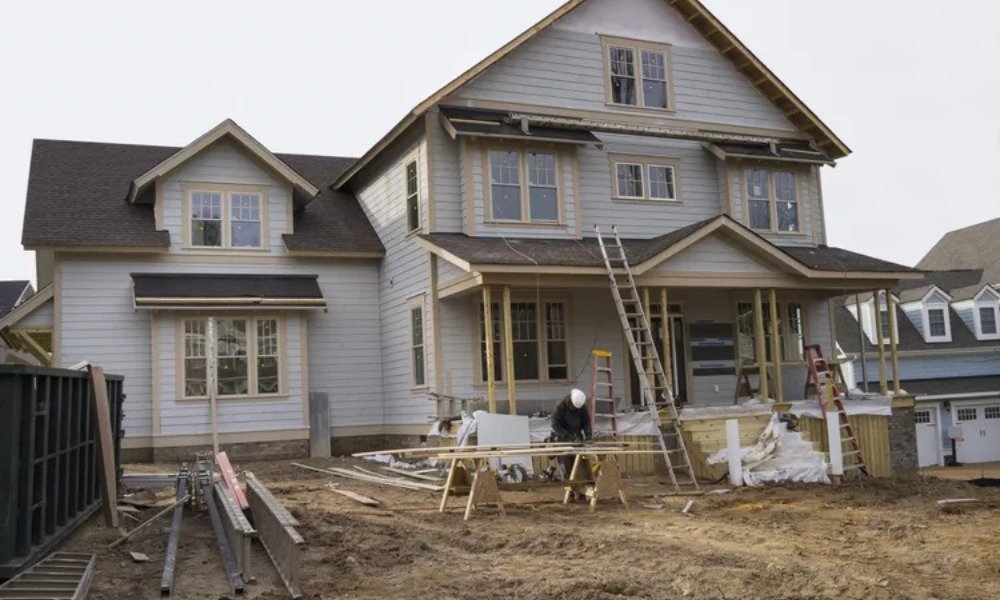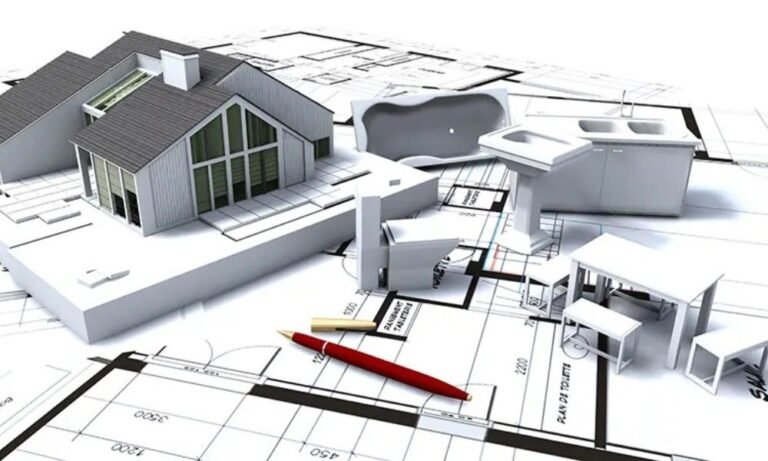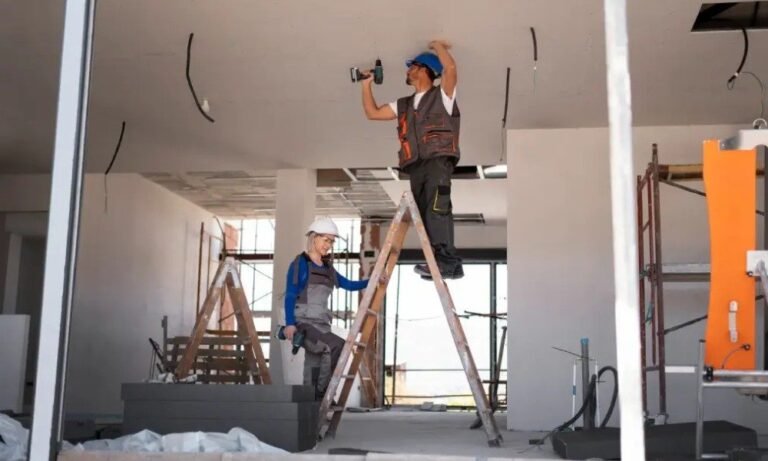Estimated reading time: 6 minutes
Renovating an entire home is a big deal. It’s exciting, a little nerve-wracking, and—if not planned properly—can quickly turn into an overwhelming experience. I’ve worked with plenty of homeowners who went in with high expectations, only to get blindsided by unexpected delays, budget overruns, and the chaos of living in a construction zone.
But here’s the good news: if you know what to expect, you can avoid many of the common headaches. In this guide, I’ll walk you through the entire remodeling process, from the initial planning stages to the final walkthrough.
What You’ll Learn in This Guide:
How to set a realistic timeline and budget
What happens at each phase of the renovation
How to prepare for living through construction
How to work with contractors to keep things on track
Common challenges (and how to avoid them)
Let’s get started.
1. Planning & Budgeting: Laying the Groundwork

A successful remodel starts with a solid plan. I always recommend homeowners figure out their priorities before anything else. What do you want to achieve with your renovation? More space? Better functionality? A modernized look?
Once you have a clear vision, it’s time to set a realistic budget. Whole-home remodels can get expensive fast, so knowing your spending limits upfront is critical. I also suggest adding a 10-20% buffer to cover unexpected expenses—because trust me, surprises will happen.
Want help budgeting? Check out these cost-saving tips for kitchen and bathroom renovations.
2. Finding the Right Contractor & Design Team

Unless you’re planning a DIY home renovation (which I don’t recommend for large-scale projects), hiring a qualified general contractor is a must. This person will coordinate all the trades, keep the project on schedule, and deal with permits and inspections.
How to Find a Good Contractor:
✔ Get multiple bids and compare quotes.
✔ Check reviews, licenses, and references.
✔ Ask for a detailed contract outlining the scope of work.
Hiring the right team can make or break your remodel. A good contractor will keep things running smoothly, while a bad one can cause costly delays.
Not sure what to ask? Here’s a helpful list of questions to ask before hiring a remodeling contractor.
3. Understanding the Remodeling Timeline: Step-by-Step
Most whole-home remodels follow a structured timeline. Knowing what happens at each stage can help you prepare.
Phase 1: Pre-Construction & Permits
- Finalize designs and blueprints.
- Secure necessary permits (your contractor should handle this).
- Order materials (some custom items can take weeks to arrive).
Phase 2: Demolition & Structural Work
- Old walls, flooring, and fixtures are removed.
- Foundation, framing, and support beams are reinforced.
- Structural changes like wall removals or room expansions take place.
This phase is loud, messy, and disruptive. If you’re living at home during construction, prepare for dust and debris.
Phase 3: Electrical, Plumbing & HVAC
- Wiring, plumbing, and ventilation systems are updated.
- Rough-in inspections take place to ensure everything is up to code.
This step lays the groundwork for everything that follows. Delays here can affect the entire timeline.
Phase 4: Insulation, Drywall & Painting
- Walls are insulated and drywall is installed.
- Rooms start taking shape, and initial painting begins.
At this point, you’ll start seeing real progress—but you’re still a long way from the finish line.
Phase 5: Flooring, Cabinetry & Trim Work
- Flooring is installed (some prefer to do this after painting).
- Cabinets, built-ins, and trim details are added.
- Countertops and backsplashes are installed.
This is when your home finally starts looking like, well, a home.
Phase 6: Final Fixtures & Appliances
- Light fixtures, sinks, and toilets are installed.
- Appliances are delivered and hooked up.
- Any final touch-ups, caulking, and detail work are completed.
Phase 7: Final Inspection & Walkthrough
- The contractor does a final quality check.
- You do a walkthrough to ensure everything meets expectations.
- Any last-minute fixes or adjustments are made.
At this stage, you’ll receive warranty information and maintenance guidelines for new installations.
Need a contractor to keep things on schedule? Here’s how to choose the right remodeler.
4. Living Through a Remodel: How to Prepare
If you’re staying in your home during renovations, be prepared for some inconveniences. Here’s how to make it easier:
Tips for Managing the Chaos:
✔ Set up a temporary kitchen. If your kitchen is being renovated, a microwave, mini fridge, and disposable plates can be lifesavers.
✔ Protect furniture and valuables. Dust will get everywhere—cover your belongings.
✔ Plan for noise and disruptions. Consider alternative workspaces if you work from home.
✔ Keep communication open with your contractor. Regular updates help prevent surprises.
Some homeowners choose to move out temporarily, especially if major plumbing or electrical work is involved.
5. Common Challenges & How to Avoid Them
Even with the best planning, home remodels rarely go 100% smoothly. Here are some common issues and how to handle them:
Unexpected Costs
- Why it happens: Hidden problems like outdated wiring or plumbing.
- How to avoid it: Set aside a contingency fund (10-20% of your budget).
Delays & Scheduling Issues
- Why it happens: Supply chain issues, permit approvals, or weather delays.
- How to avoid it: Order materials early and hire an experienced contractor.
Poor Communication
- Why it happens: Misunderstandings between homeowners and contractors.
- How to avoid it: Have everything in writing and request regular progress updates.
Want to avoid costly mistakes? Check out these common renovation pitfalls.
6. Final Walkthrough: Wrapping Up the Remodel
Once construction is finished, the final walkthrough is your chance to inspect everything before signing off.
What to Check:
✔ Make sure all appliances and fixtures work properly.
✔ Look for paint touch-ups or minor repairs that need fixing.
✔ Confirm all warranties and paperwork are in order.
If something isn’t right, bring it up before making your final payment. A good contractor will fix issues promptly.
Final Thoughts: Is a Whole-Home Remodel Worth It?
A whole-home remodel is a big investment, but when done right, it adds significant value to your property and enhances your daily living experience. The key is proper planning, hiring the right team, and staying flexible throughout the process. Thinking about a remodel? Drop a comment below with your biggest renovation concern! And if you’re still deciding whether to renovate or rebuild, here’s a useful guide on renovation vs. remodeling.



